Regardless of the hour, ambulances arrive as the ray of hope to ensure essential prehospital medical care. But what if the ambulances we rely on for instant care don’t just take us to the hospital but may be the reason for other sorts of health problems?
Living in a pandemic and breathing poor-quality air should possibly sensitize us about the consequences of the medical emergency vehicles with fuel emissions and ambient concentration of fine particles.
The air quality inside an ambulance is a critical factor that can impact the health and well-being of patients, medical staff, and emergency responders. Numerous reports have indicated that risks of morbidities and mortalities are associated with the high concentration of fine particles with diameters less than or equal to 2.5 μm, which is also known as PM2.5.
Ambulances are exposed to a wide range of pollutants and contaminants, including diesel exhaust, dust, mold, bacteria, viruses, and volatile organic compounds (VOCs). These pollutants can enter the ambulance through various pathways, such as the engine exhaust, air intake system, patient compartment, and equipment storage areas.
Poor IAQ in ambulances can have several adverse effects, such as aggravating respiratory symptoms in patients with respiratory diseases, causing headaches, dizziness, and nausea in occupants, and increasing the risk of infection transmission. Additionally, prolonged exposure to diesel exhaust can lead to long-term health effects, such as cancer, cardiovascular disease, and respiratory illnesses.
To maintain a healthy IAQ inside an ambulance, several measures can be taken, such as regular maintenance and cleaning of the ventilation system and air filters, using exhaust emission control devices, limiting the use of idling, and using disinfectants and sanitizers to clean surfaces and equipment. Moreover, it’s essential to ensure that the ambulance is well-ventilated and has adequate air exchange rates to prevent the build-up of pollutants and improve the overall air quality.
Generally, vehicles count as an ambulance if they can transport patients. However, it varies by jurisdiction as to whether a non-emergency patient transport vehicle (also called an ambulette) is counted as an ambulance. These vehicles are not usually (although there are exceptions) equipped with life-support equipment, and are usually crewed by staff with fewer qualifications than the crew of emergency ambulances. Conversely, EMS agencies may also have emergency response vehicles that cannot transport patients. These are known by names such as non-transporting EMS vehicles, fly-cars, or response vehicles.
Many regions have prescribed standards which ambulances should, or must, meet in order to be used for their role. These standards may have different levels which reflect the type of patient which the ambulance is expected to transport (for instance specifying a different standard for routine patient transport than high dependency) or may base standards on the size of vehicle.
Before we look at the effective measures meant for improving indoor air quality, let’s discuss about the type of emergency vehicles used for prehospital medical care.
Vehicle type
There are four types of ambulances. There are Type I, Type II, Type III, and Type IV. Type I ambulances are primarily used for Advanced Life Support (ALS), also referred to as Mobile Intensive Care Unit (MICU) in some jurisdictions, and rescue work. A Type II ambulance is based on a commercial heavy-duty van with few modifications except for a raised roof and a secondary air conditioning unit for the rear of the vehicle. These types of ambulances are primarily used for Basic Life Support (BLS) and transfer of patients but it is not uncommon to find them used for advanced life support and rescue. Type III is a van chassis-cab but with a custom-made rear compartment and has the same uses as Type I ambulances. Type IV is for smaller ad hoc patient transfer that use smaller utility vehicles in which passenger vehicles and trucks would have difficulty in traversing, such as large industrial complexes, commercial venues, and special events with large crowds; they generally do not fall under Federal Regulations.
Ambulances can be based on many types of vehicles although emergency and disaster conditions may lead to other vehicles serving as makeshift ambulances:
●Van – A typical general-purpose ambulance is based on either the chassis of a van (vanbulance) or a light-duty truck. This chassis is then modified to the designs and specifications of the purchaser. Vans may either retain their original body and be upfitted inside, or may be based on a chassis without the original body with a modular box body fitted instead.
●Car –Some cars can take a stretcher with a resting patient, but this often requires the removal of the front passenger seat, or the use of a particularly long car. This was often the case with early ambulances, which were converted.
●Motorcycle and motor scooter – In urban areas, these may be used for rapid response in an emergency as they can travel through heavy traffic much faster than a car or van.
●Bicycle – Used for response, but usually in pedestrian-only areas where large vehicles find access difficult. Like the motorcycle ambulance, a bicycle may be connected to a trailer for patient transport, most often in the developing world.
●All-terrain vehicle (ATV) – for example quad bikes; these are used for response off-road, especially at events. ATVs can be modified to carry a stretcher, and are used for tasks such as mountain rescue in inaccessible areas.
●Golf cart or Neighbourhood Electric Vehicle – Used for rapid response at events or on campuses. These function similarly to ATVs, with less rough terrain capability, but with less noise.
●Helicopter – Usually used for emergency care, either in places inaccessible by road, or in areas where speed is of the essence, as they are able to travel significantly faster than a road ambulance. Helicopter and fixed-wing ambulances are discussed in greater detail at air ambulance.
● Fixed-wing aircraft – These can be used for either acute emergency care in remote areas, for patient transport over long distances (e.g. a re-patriation following an illness or injury in a foreign country), or transportation between distant hospitals. Helicopter and fixed-wing ambulances are discussed in greater detail at air ambulance.
● Boat – Boats can be used to serve as ambulances, especially in island areas or in areas with a large number of canals, such as the Venetian water ambulances. Some lifeboats or lifeguard vessels may fit the description of an ambulance as they are used to transport a casualty.
● Bus – In some cases, buses can be used for multiple casualty transport, either for the purposes of taking patients on journeys, in the context of major incidents, or to deal with specific problems such as drunken patients in town centres.
● Trailer – In some instances a trailer, which can be towed behind a self-propelled vehicle can be used. This permits flexibility in areas with minimal access to vehicles, such as on small islands.
● Horse and cart – Especially in developing world areas, more traditional methods of transport include transport such as horse and cart, used in much the same way as motorcycle or bicycle stretcher units to transport to a local clinic.
● Fire engine – Fire services often train firefighters to respond to medical emergencies and most apparatuses carry at least basic medical supplies. By design, most apparatuses cannot transport patients unless they can sit in the cab.
Vehicle Maintenance
Environmental surfaces and patient care equipment can serve as reservoirs for pathogenic microorganisms. Without clear written policies and procedures for the care, cleaning, and disinfection of transport vehicles and equipment, patients and EMS teams are at increased risk.
Ambulance must be cleaned weekly – Providers must wipe down equipment that was in contact with a patient before the next call, focusing on what was used for patient care or was in contact with the patient during patient care. “Always clean the entire ambulance at the end of the day,” West says. “You may want to completely empty the vehicle once a week.”
MONTHLY AMBULANCE MAINTENANCE CHECKLIST
- Check tires for wear/proper air pressure.
- Check door switches and lubricate as necessary.
- Check safety warning lights for proper operation.
- Check back-up alarm device.
- Check and clean back-up camera.
- Check and clean interior camera.
Since the above checklists are purposed only to ensure that the ambulance doesn’t face any glitches while transporting a patient, it is also necessary to create virus-free environment inside an ambulance to stop patients’ health conditions from becoming worse due to high concentration of microbes and ultrafine particles.
And indoor air treatment system can be effective in reducing contaminants and eliminating disease-causing airborne particulates. This means purification down to very small microns. A multi-system approach should be adopted in case of healthcare facilities, as air filtration various technologies can address different aspects of indoor air quality. It will also add to healthcare services giving them the feeling that they are being taken care of.
As of now, PetriMed CA APS 20 comes equipped with medical-grade HEPA H14, pre-activated carbon filter, UV-C, and ioniser, which keep both patients and paramedics safe.

Vaping Is A High Risk For Young Hearts
For decades, the news had been so good. The number of teenagers smoking tobacco products was falling. “Billions of dollars, tons of manpower and effort, were spent on informing y.oung people about the harms of smoking,” said a cardiologist. “And we were successful. Smoking rates across…

Is Your Home’s Air Clean?
The air we breathe in a closed space affects our health and ability to fully contribute to society and live a healthy our healthiest lives. For over two years, the impact of COVID-19 has highlighted that how clean indoor air plays an important role in response and recovery — the spread of the virus can be reduced…
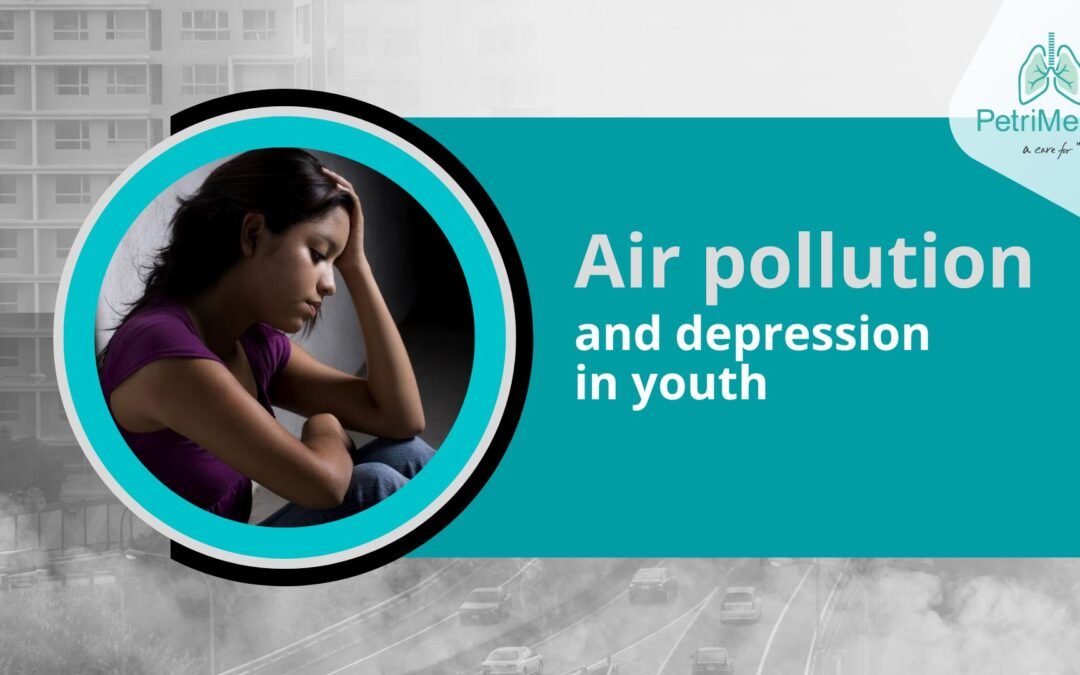
Air Pollution has Become The Source Of Depression In Youth – (Part 2)
NO₂ is the most significant air pollutant affecting children’s cognitive development. The brain uses these skills while thinking, reading, memorizing, noticing, paying attention, making decisions, language awareness…
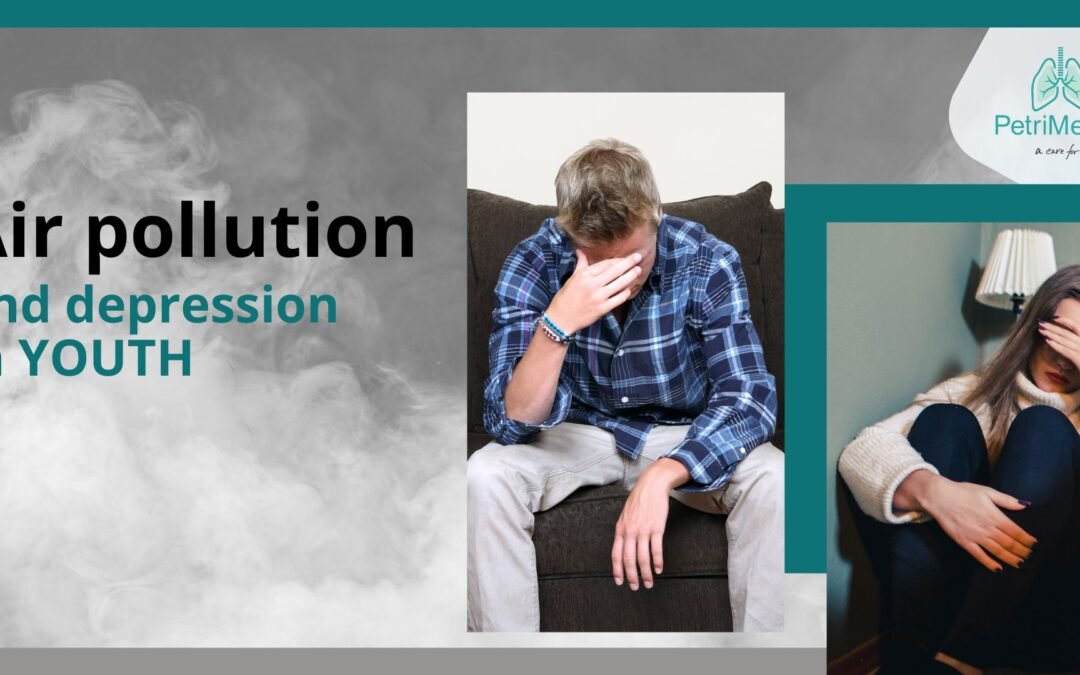
Air Pollution Has Become The Source Of Depression In Youth – (Part 1)
Teenagers go through many bodily changes in their adulthood. For example, external factors such as air pollution and stressors make their life difficult. The stress caused by air pollution can lead to teenage depression and other effects on their bodies. As air pollution levels subsequently increase…
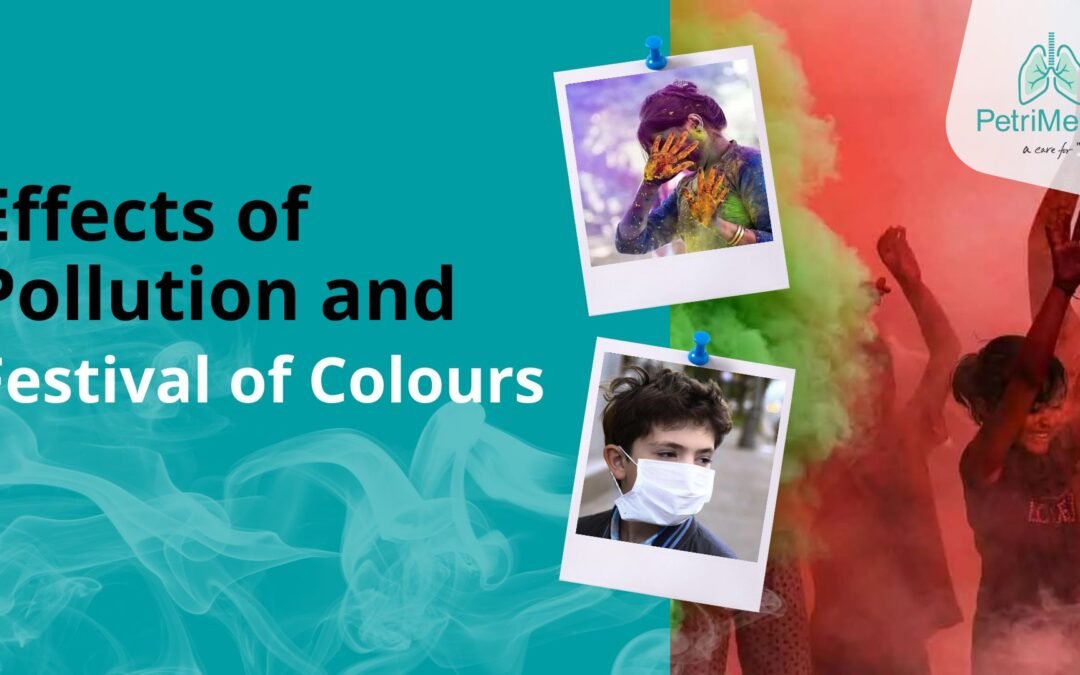
The Impact of Using Synthetic Colours in Holi on Human Health
In India with the arrival of springtime just after monsoons, it begins the season of festivities with love, warmth, and a sense of togetherness. And Holi, also known as the festival of colours, marks the beginning of the festive season, which is celebrated all through the nation with fervour…
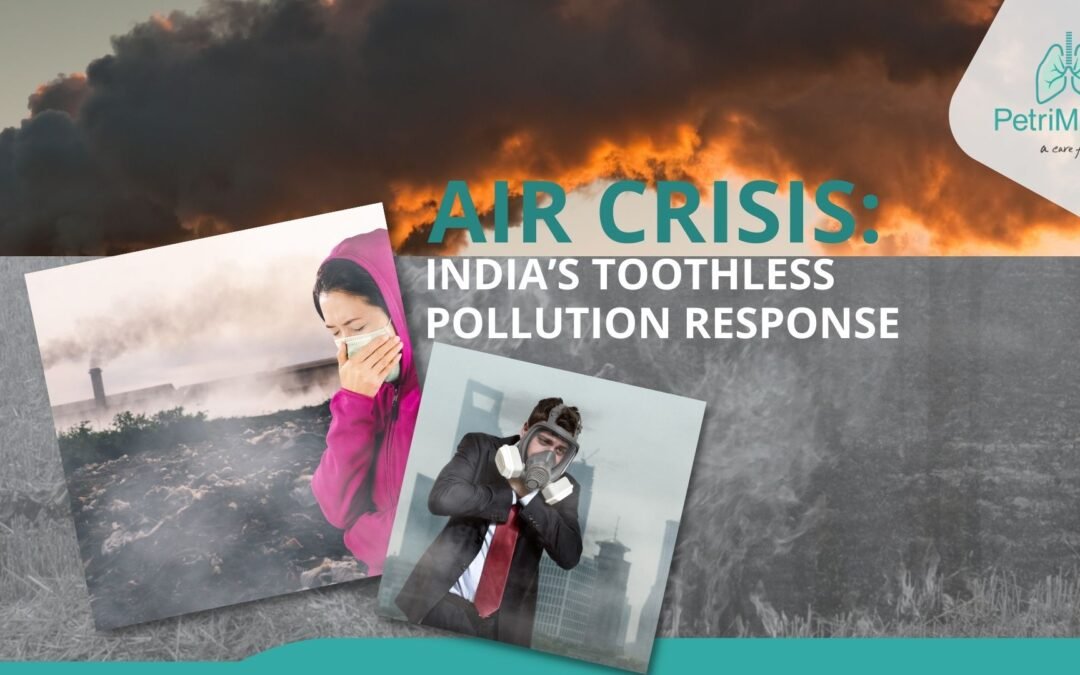
Air Crisis: India’s Toothless Pollution Response
We are at a crossroads on our path to clean air, and the decisions we take now will influence the air that current and future generations breathe. At this juncture, embracing the principles will align us with the path of sustainable development we have committed to nationally and globally…

Work Addiction as a Compulsion
Like any addiction, work addiction may stem from underlying psychological needs and may have a negative impact on health, relationships and ironically, job performance. Breaking a work addiction may require large and small actions on the part of the individual; however, supervisors should…
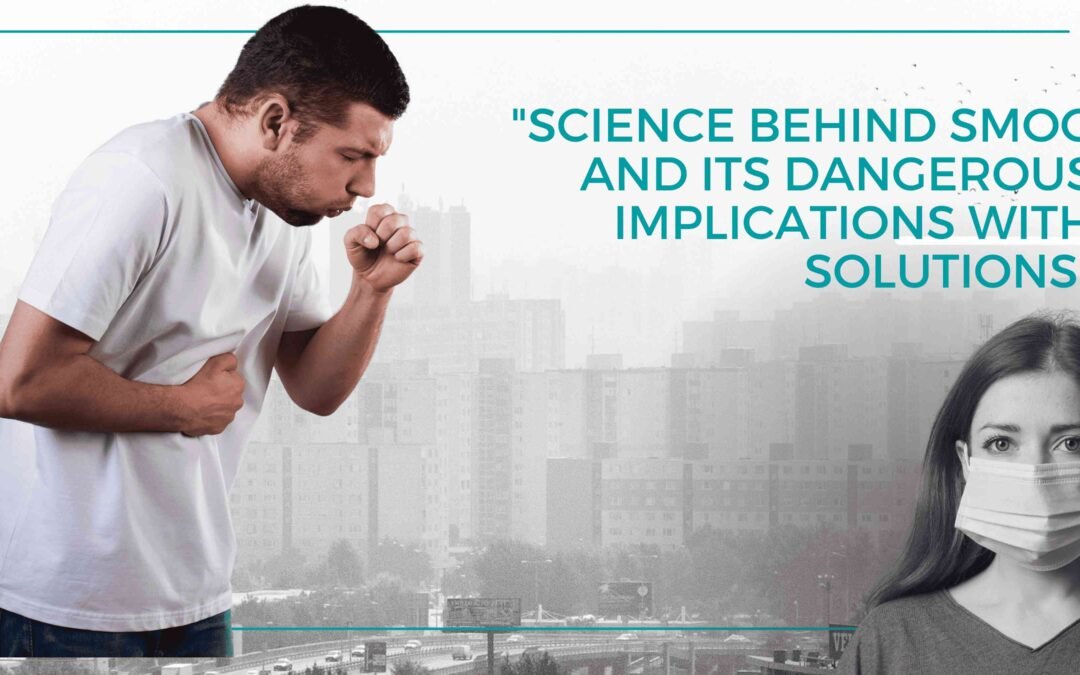
Science Behind Smog and Its Dangerous Implications with Solutions
As the winter season approaches and the subsequent smog approaches, health experts have warned that respiratory related problems will inevitably rise for residents especially in Delhi and the National Capital Region. Delhi-NCR Air Quality Index (AQI) has been a point of concern for years together.


0 Comments